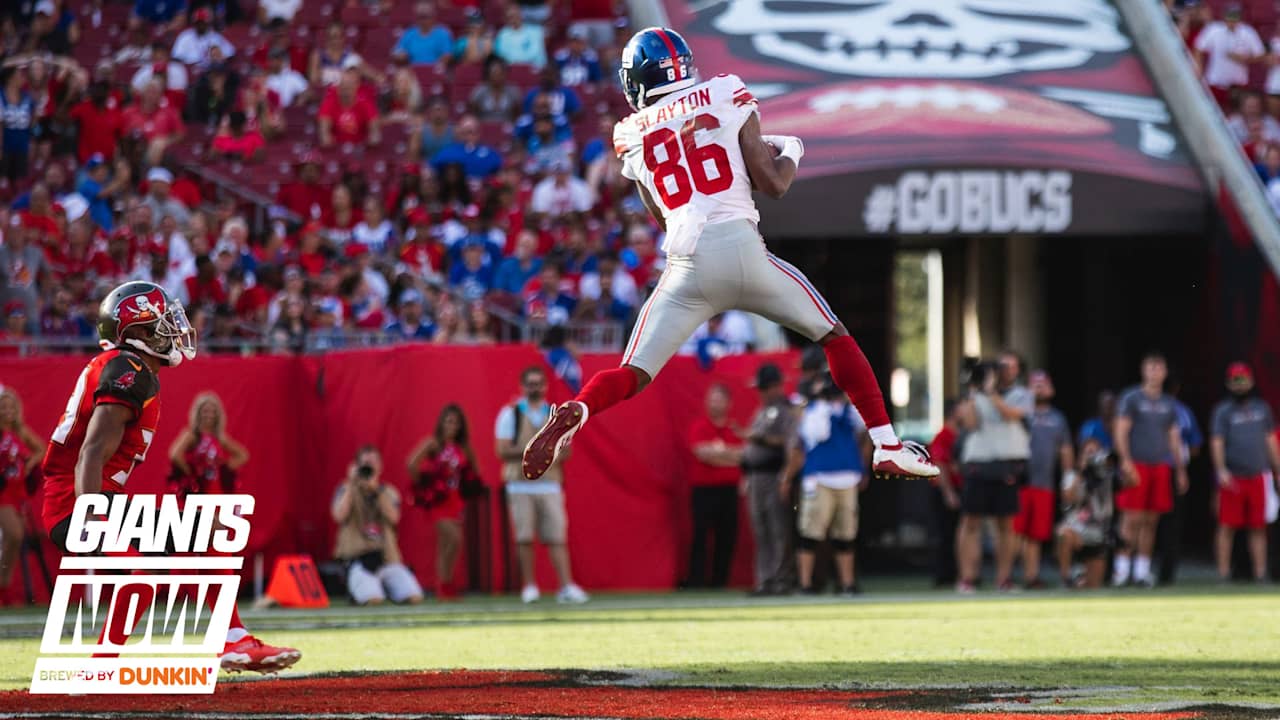World
Large numbers of New York City police officers begin entering Columbia University campus

After entering the campus, a contingent of police officers approached Hamilton Hall, the administration building that students began occupying in the morning.
Students had defiantly set up tents again after police cleared an encampment at the university on April 18 and arrested more than 100 people. The students had been protesting on the Manhattan campus since the previous day, opposing Israeli military action in Gaza and demanding the school divest from companies they claim are profiting from the conflict.
Protests have spread to campuses from California to Massachusetts as May commencement ceremonies near, putting added pressure on schools to clear protesters.
More than 1,000 protesters have been arrested over the last two weeks on campuses in states including Texas, Utah, Virginia, North Carolina, New Mexico, Connecticut, Louisiana, California and New Jersey, some after violent clashes with police in riot gear.
“Walk away from this situation now and continue your advocacy through other means,” New York City Mayor Eric Adams advised the Columbia protesters on Tuesday afternoon. “This must end now.” The White House condemned the standoffs at Columbia and California State Polytechnic University, Humboldt, where protesters had occupied two buildings until officers with batons intervened overnight and arrested 25 people. Officials estimated the northern California campus’ total damage to be upwards of $1 million. President Joe Biden believes students occupying an academic building is “absolutely the wrong approach,” and “not an example of peaceful protest,” said National Security Council spokesperson John Kirby.
Other colleges have sought to negotiate agreements with the demonstrators in the hopes of having peaceful commencement ceremonies. As cease-fire negotiations appeared to gain steam, it wasn’t clear whether those talks would inspire an easing of protests.
Northwestern University notched a rare win when officials said they reached a compromise with students and faculty who represent the majority of protesters on its campus near Chicago to allow peaceful demonstrations through the end of spring classes.
The nationwide campus protests began at Columbia in response to Israel’s offensive in Gaza after Hamas launched a deadly attack on southern Israel on Oct. 7. Militants killed about 1,200 people, most of them civilians, and took roughly 250 hostages. Vowing to stamp out Hamas, Israel has killed more than 34,000 Palestinians in the Gaza Strip, according to the local health ministry.
Israel and its supporters have branded the university protests as antisemitic, while Israel’s critics say it uses those allegations to silence opposition. Although some protesters have been caught on camera making antisemitic remarks or violent threats, organisers of the protests, some of whom are Jewish, say it is a peaceful movement aimed at defending Palestinian rights and protesting the war.
On Columbia’s campus, protesters locked arms early Tuesday and carried furniture and metal barricades to Hamilton Hall, among several buildings that were occupied during a 1968 civil rights and anti-Vietnam War protest. Demonstrators called the building Hind’s Hall, honoring a young girl who was killed in Gaza under Israeli fire.
The takeover came hours after protesters had shrugged off an earlier ultimatum to abandon a tent encampment Monday or be suspended – restricted from all academic and recreational spaces, allowed only to enter their residences, and, for seniors, ineligible to graduate.
Mahmoud Khalil, a lead negotiator before talks with the administration broke down over the weekend, was among the suspended students. His suspension letter – which he shared with The Associated Press – said he had refused to leave the encampment after prior warnings, but Khalil said he had abided by the university’s demand to vacate the encampment on the campus lawn by the Monday afternoon deadline.
Columbia spokesperson Ben Chang said in a statement that anyone occupying Hamilton Hall risked being expelled from the university for escalating the protest “to an untenable situation – vandalising property, breaking doors and windows, and blockading entrances.”
Occupying protesters have insisted they will remain in Hamilton Hall until the university agrees to three demands – divestment, financial transparency and amnesty.
The Columbia University Chapter of the American Association of University Professors said faculty’s efforts to help defuse the situation have been repeatedly ignored by the university’s administration despite school statutes that require consultation. The group warned of potential conflict between police officers nearby and protesters on campus.
“We hold University leadership responsible for the disastrous lapses of judgment that have gotten us to this point,” the chapter said in a statement late Tuesday. “The University President, her senior staff, and the Board of Trustees will bear responsibility for any injuries that may occur during any police action on our campus.”
Ilana Lewkovitch, a self-described “leftist Zionist” student at Columbia, said it’s been hard to concentrate on school for weeks, amid calls for Zionists to die or leave campus. Her exams have been punctuated with chants of “say it loud, say it clear, we want Zionists out of here” in the background, she said.
Lewkovitch, who identifies as Jewish and studied at Columbia’s Tel Aviv campus, said she wished the current pro-Palestinian protests were more open to people like her who criticise Israel’s war policies but believe there should be an Israeli state.
Adams claimed Tuesday that the Columbia protests have been “co-opted by professional outside agitators.” The mayor didn’t provide specific evidence to back up that contention, which was disputed by protest organisers and participants.
NYPD officials made similar claims about “outside agitators” during the huge, grassroots demonstrations against racial injustice that erupted across the city after the death of George Floyd in 2020. In some instances, top police officials falsely labelled peaceful marches organised by well-known neighbourhood activists as the work of violent extremists.










